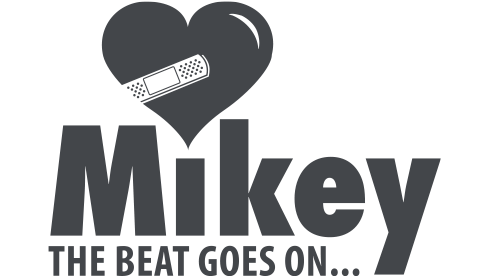
Although it’s not necessary to adopt a vegetarian diet for a heart healthy lifestyle, it can certainly be beneficial to follow it in some ways. Doctors often will recommend having a healthy amount of vegetables and fruits in your diet, especially in cases where you have high cholesterol, as a plant based diet can decrease plaque in the blood vessels.
The good news for anyone who is an avid meat eater is that you don’t have to completely quit eating meat to reap the benefits of a plant based diet. Simply reducing the amount of animal products in your diet lowers your risk of high blood pressure.
Below are just some of the ways that having a plant based diet can improve your heart health.
Plants have less saturated fat
Saturated fats, or fats that are saturated with hydrogen, are typically solid at room temperature and are found in meat and animal products like beef, lamb, butter, cheese and high fat dairy products. According to the American Heart Association, eating saturated fats increase the amount of cholesterol in your blood, which in turn raises your risk for heart disease.
Plants Increase Fiber in Your Diet
A well-rounded, plant based diet should also increase the amount of fiber you get. And increasing fiber is one way to reduce the bad cholesterol circulating in your body.
Fiber interacts with the bad cholesterol in your digestive tract and helps remove it more quickly from your body. Some rich fiber foods include beans, lentils, fruits, nuts, and vegetables.

Fruits and Veggies Lower Blood Pressure
A well known and often recommended diet to people with hypertension is the DASH diet, which has a focus on reducing the intake of sodium, but it also helps to reduce the amount of meat regularly eaten. With a focus on eating more fruits and vegetables, and to only eat 5 ounces of protein based foods daily it’s a great option for your heart health.
Plants Enrich Your Diet With Omega-3s
Studies have suggested that eating omega-3 fatty acids can reduce your risk of heart disease, high blood pressure, and it can also help to lower your cholesterol. Fish like salmon sardines and tuna are rich with these acids. If you’re looking for alternatives to these though, we recommend plant based foods like pumpkin seeds, canola oil, soybeans, walnuts, and flaxseeds.
Beneficial Nutrients
Along with helping to reduce risks of heart disease by cutting down the plaque build up made up from bad cholesterol, fruits and vegetables are chocked full of antioxidants, plant sterols, and potassium, which are all thought to reduce the risk of heart disease. Potassium helps to reduce the effects of sodium, which is known to raise blood pressure in the body.
If you’re looking for some great recipes to help maintain a heart healthy diet, just go to our recipes section here.















